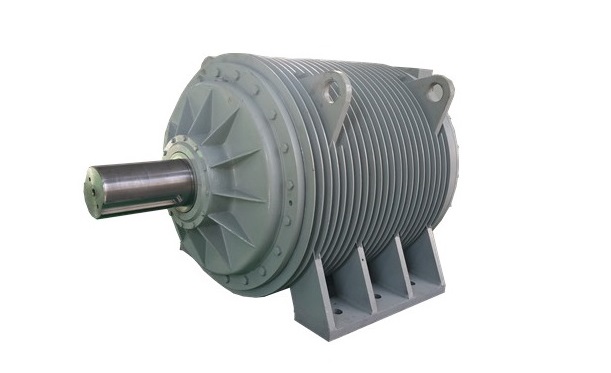A relatively concentrated category of faults in permanent magnet motors with bearing failures has a greater relationship with bearing selection, installation, and later use and maintenance. Our company combines some practical analysis cases and data accumulation to simply classify the faults and causes of bearing structures.
First, the cause of bearing heating
1. When single-row ball bearings are used at both ends of the permanent magnet motor, due to the thermal expansion and contraction of the rotor, the bearing jacket cannot smoothly creep in the bearing chamber, and the bearing clearance "eats up", making the ball bear a large additional axial force.
2. The bearing is too close to the rotor, the rotor winding is too close, or it is affected by the heat radiation of the driven equipment.
3. The bearing parts are not well ventilated and dissipated.
4. Excessive grease or serious loss of bearings cause dry grinding of bearings; or there are impurities in the grease.
5. The tolerance between the inner sleeve of the bearing and the shaft, or the outer sleeve of the bearing and the bearing chamber tends to be excessive.
6. The base is deformed to make the coaxiality of the stop at both ends extremely poor.
7. The bearing itself is of poor quality.
Second, the cause analysis of the motor bearing noise
1. Improper bearing clearance selection.
2. Motor dynamic balance difference.
3. Motor bearing distance is too large.
4. The grease dries up or runs off.
5. Improper coordination between bearing inner sleeve and shaft and bearing chamber.
6. Uneven load.
7. Installation and commissioning do not meet requirements, such as poor coaxiality between the motor and the equipment being dragged.
8. The quality of the bearing itself is poor, such as loose cage and deformation of the raceway.
Third, the reason for the large vibration of the bearing position
1. Bearing clearance is too large.
2. Impurities enter the bearing raceway.
3. The bearing distance is too large.
4. The rotating shaft is not round, so that the raceway of the inner sleeve of the bearing is also deformed (also the source of noise).
5. Uneven load.
6. The motor assembly damages the bearing. For example, if the bearing jacket is hit hard, the rolling elements and raceways are injured.


